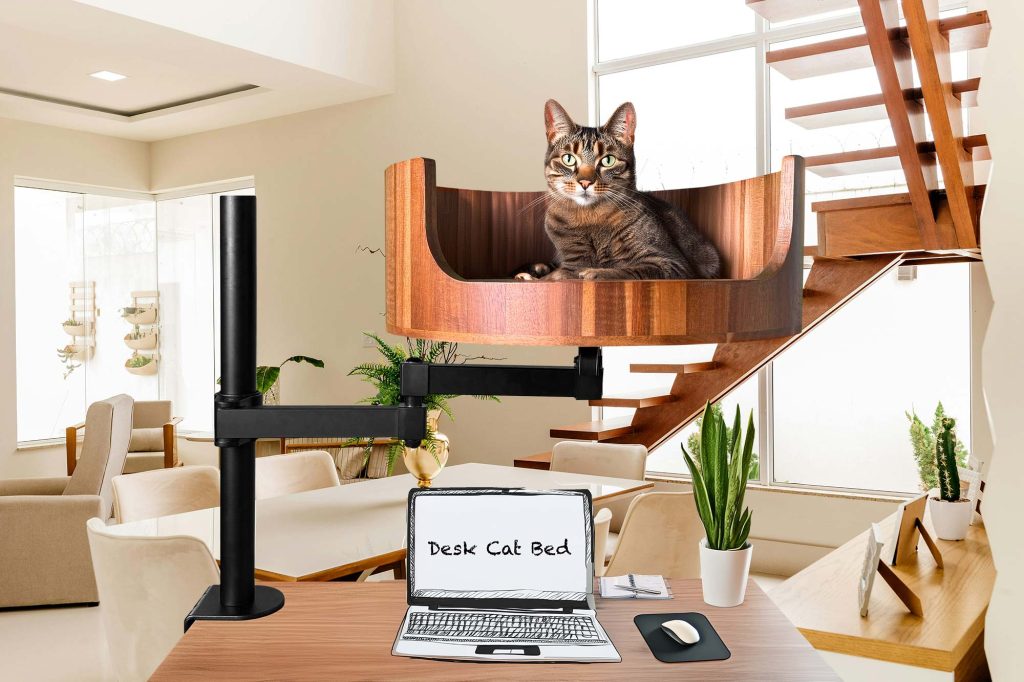Cat owners know the struggle of dealing with their furry friend’s occasional upset stomach. One common scenario is when a cat throws up after eating dry food. This unpleasant experience can be frustrating for both the cat and its owner, but understanding the potential causes and finding effective solutions can help alleviate the problem.
In this article, we will explore the various reasons why a cat may throw up after consuming dry food. From sensitive stomachs to dietary intolerances, there are several factors that could be contributing to this issue. We will also discuss potential solutions to help prevent your cat from experiencing digestive distress, such as switching to a different type of food or adjusting feeding habits. By gaining a better understanding of why your cat may be vomiting after eating dry food, you can take proactive steps to improve their overall health and well-being.
1. Cats may vomit after eating dry food due to various factors such as food sensitivity, overeating, or eating too quickly.
2. Switching to a wet food diet or incorporating more moisture into their diet can help prevent vomiting episodes.
3. Feeding smaller, more frequent meals can also decrease the likelihood of vomiting in cats.
4. Providing a designated feeding area and encouraging slower eating habits can aid in digestion and reduce vomiting.
5. Consulting with a veterinarian is recommended if vomiting persists or is accompanied by other concerning symptoms.
Causes of Cats Throwing Up After Eating Dry Food
1. Eating Too Quickly
When cats eat their dry food too quickly, they may not chew their food properly, leading to large chunks being swallowed and causing them to vomit.
2. Food Allergies or Intolerances
Some cats may have allergies or intolerances to certain ingredients in their dry food, such as grains or artificial additives, which can trigger vomiting as their bodies try to expel the offending substances.
3. Hairballs
Cats are known for grooming themselves frequently, which can lead to the ingestion of loose fur. When this fur accumulates in their stomach, it can form hairballs that may induce vomiting.
4. Gastrointestinal Issues
Underlying gastrointestinal problems, such as inflammatory bowel disease or gastritis, can also cause cats to vomit after eating dry food. These conditions may need to be diagnosed and treated by a veterinarian.
Potential Solutions for Cats Throwing Up After Eating Dry Food
1. Slow Feeding Options
Consider using puzzle feeders or slow feeder bowls to encourage your cat to eat more slowly, allowing them to chew their food properly and reduce the risk of vomiting.
2. High-Quality, Limited Ingredient Diet
Switching to a high-quality dry food with limited ingredients, such as a grain-free or hypoallergenic formula, may help alleviate vomiting caused by food allergies or intolerances.
3. Hairball Remedies
Regular grooming and the use of hairball remedies or specialized cat foods designed to prevent hairball formation can help reduce the risk of vomiting due to hairballs.
4. Veterinary Consultation
If your cat continues to vomit after eating dry food despite trying various solutions, it is important to consult with a veterinarian for a comprehensive evaluation and potential treatment of any underlying gastrointestinal issues.
Frequently Asked Questions
Why is my cat throwing up after eating dry food?
Cats can throw up after eating dry food for a variety of reasons, including eating too quickly, food allergies, sensitive stomachs, or hairballs. You may want to consult with your veterinarian to determine the root cause.
How can Desk Cat Nest help with my cat throwing up after eating dry food?
Desk Cat Nest provides a raised feeding platform that encourages slower eating and better digestion. By elevating the food bowl, it can help reduce the likelihood of your cat eating too quickly and subsequently throwing up.
Is Desk Cat Nest suitable for all cats?
Desk Cat Nest is suitable for most cats, but it may not be ideal for cats with mobility issues or special feeding requirements. It’s always best to consult with your veterinarian before making any changes to your cat’s feeding routine.
How do I introduce my cat to Desk Cat Nest?
It’s best to introduce Desk Cat Nest gradually by placing your cat’s food on the platform and letting them explore and eat at their own pace. You may need to monitor their reaction and adjust accordingly to ensure they are comfortable with the new feeding setup.
Is Desk Cat Nest easy to clean?
Yes, Desk Cat Nest is designed for easy cleaning with removable bowls and a wipeable surface. Simply remove the bowls and wash them with soap and water, then wipe down the platform with a damp cloth to keep it clean and hygienic for your cat.
In conclusion, the Desk Cat Bed is a valuable choice for cat owners whose pets throw up after eating dry food. By providing a comfortable and elevated sleeping area for your cat, the Desk Cat Bed helps promote digestion and reduce the likelihood of vomiting. Additionally, the raised design can help alleviate any discomfort or bloating your cat may experience after meals. With its stylish and practical design, the Desk Cat Bed is not only a beneficial solution for your cat’s digestive issues, but also a stylish addition to your home decor. Invest in the Desk Cat Bed today and give your beloved feline friend the comfort and support they need to enjoy their meals without any digestive issues.


